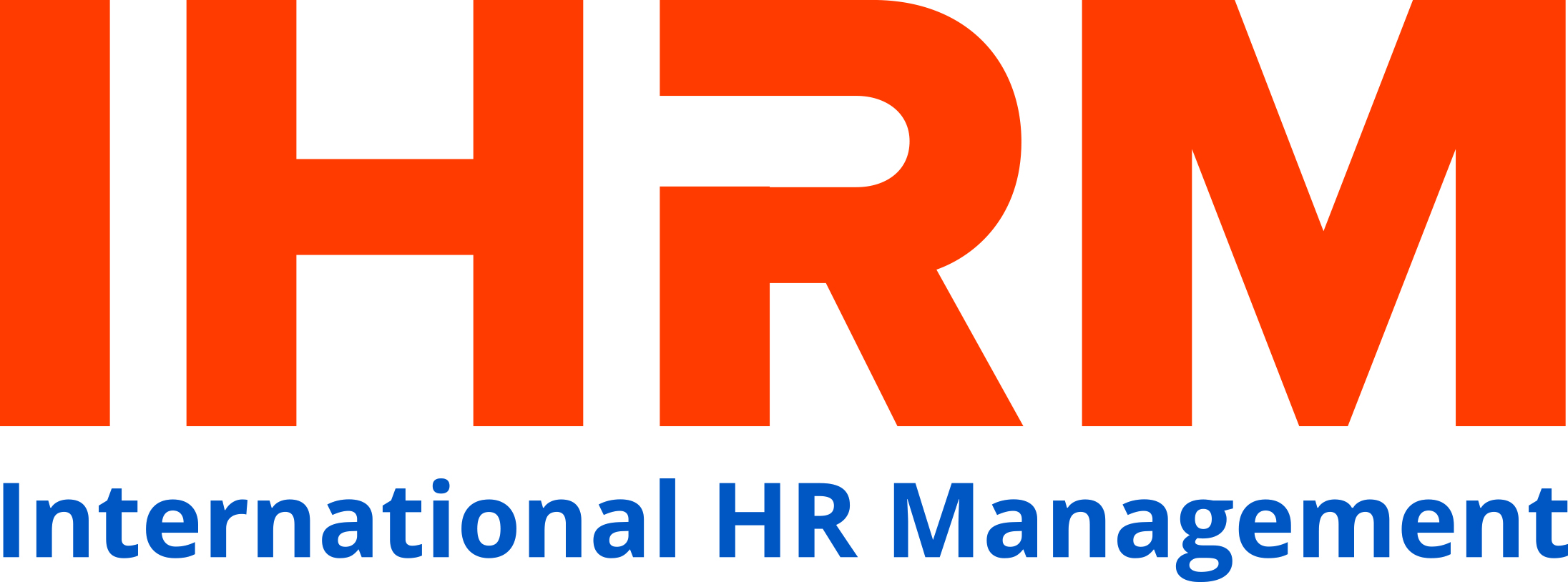VIEWPOINT: HOW TO USE HUMOR TO INCREASE EMPLOYEE ENGAGEMENT?
Before I got into stand-up comedy, I was a salesperson at a pressure gauge company. Talk about fun. One of my strongest memories working there was when the boss told me and a co-worker that if we had time to laugh, we were not working hard enough. Could you imagine an employer telling employees they can't laugh at work?
In today's world, successful businesses have a strong focus on keeping their employees happy, because happiness is synonymous with job satisfaction. Individual happiness directly affects employee engagement, job satisfaction and organizational commitment. If you already know these benefits, then the question to ask is: What can we do to make and keep our talent happy?
There are many answers to this challenging question, but one should be using humor in the workplace, because it means more people are laughing and smiling at work. When people laugh, they are expressing happiness verbally, and a smile shows how they are feeling on the inside. When people smile and laugh at work, it increases employee engagement, retention and likability.
Just like everything in life, where your effort goes is what will grow. The same is true for humor in the workplace. You don't want to be like my old dinosaur boss; you want to be intentional about people laughing at work.
In today's world, successful businesses have a strong focus on keeping their employees happy, because happiness is synonymous with job satisfaction. Individual happiness directly affects employee engagement, job satisfaction and organizational commitment. If you already know these benefits, then the question to ask is: What can we do to make and keep our talent happy?
There are many answers to this challenging question, but one should be using humor in the workplace, because it means more people are laughing and smiling at work. When people laugh, they are expressing happiness verbally, and a smile shows how they are feeling on the inside. When people smile and laugh at work, it increases employee engagement, retention and likability.
Just like everything in life, where your effort goes is what will grow. The same is true for humor in the workplace. You don't want to be like my old dinosaur boss; you want to be intentional about people laughing at work.

If you decide you want to add more laughter and smiles to your work environment, the next question is: How do you use humor without offending or getting in trouble? The answer is to keep your jokes within these humor rules:
- Stay away from religion and politics.
- Don't make sexual references.
- Avoid subjects that can upset the audience.
- Do not make fun of any clients, competitors or individuals.
- Be non-malicious with your material.
Also, understand that there is a difference between humor and comedy. In comedy, it is often—though not always—more acceptable to break the above rules. However, you are not doing comedy; you are going for humor, which is safe comedy.
There are many easy ways to include humor in the workplace, all based on the concept that if you get people laughing and encourage them to laugh, people will practice more funniness in the office.
Communications
One way to encourage laughter in the workplace is to incorporate humor in your internal and external communications. You can do so by simply inserting an amusing picture that coincides with the message. It's a simple process: Go to your favorite Internet search engine, type in your subject with the word "funny" after or before it, select royalty-free usage, and you will find many great pictures.
I have found—and had others tell me—that using a funny image in emails gets a higher response rate. So, next time that person is ignoring your emails, find a humorous image referring to how you are sad because he won't get back to you. I had a person tell me he got a response within five minutes of sending a humorous image to a person who had not responded in more than a month.
If you are struggling to find an image that matches your subject, identify other words on Thesaurus.com that can help you find that perfect image that matches your message. Admittedly, this is a little time-consuming, so if you like the funny images idea, create a folder where you save every image you find. Eventually, you will have enough that you can look there instead of a search engine.
Another suggestion is that, if you find a funny image that has been turned into a meme, you can do a reverse image lookup and usually find that image without the words on it. The website I use for reverse image lookup is TinEye.com.
Events
Another great way to incorporate humor in your company culture is to have a funny event host or emcee. Consider hiring a comedian or improv actor to host your events. Or, if you have one of your own people hosting the event, a comedian could help inject humor into the emcee's announcements.
A great example of hiring comedy writers is a company called Bisnow, which has comedians on staff to add humor to its commercial real estate publications. That's right, they write about commercial real estate—and find the funny in it. The company's tagline is "(almost) never boring." Bisnow is among the leaders in its field and holds conferences all over the United States catering to its list of subscribers. If someone can make commercial real estate funny, then your company can be made funny, too.
The way my company helps bring laughter to the workplace is with an internal comedy show. This event is where an organization's employees perform five minutes of stand-up comedy in front of their peers. We work one-on-one with each performer and produce posters to place around the office to help build excitement for the event. The performers become rock stars; we have even seen people get standing ovations as they walk offstage. Several participants have said that performing stand-up comedy increased their confidence and ability to speak in public.

Presentations
If you want to add your own humor to presentations outside of using a funny image, try a method we call "presentation punch-up."
First, write your presentation naturally. Then, take the subject of the sentence you think you can add humor to and put it on a separate sheet of paper. Write as many jokes related to that subject as possible. After reviewing them, put the funniest one back in your presentation and repeat throughout.
You can keep the audience interested with humor sprinkled throughout your presentation, but focus on doing so at the beginning and at transition points. As sales guru Jeffrey Gitomer once said, "People pay most attention just after you use humor because they want to hear what you are going to say next." I always say the best place to use humor is just before your key message or call to action.
Being able to be funnier is much like being a better golfer: Do the work and you will improve. One of my favorite sayings about being a better artist is, "Every masterpiece started as a mess." Just take it one step at a time, and you'll have a more enjoyable work environment before you know it.
SOURCE: SHRM.ORG
|
Training Program
 Internationalize the human resource management capabilities of HR professionals in Vietnam Opening Date: Jun 21, 2019 in HCMC
Opening Date: September 26, 2019 in Hanoi
|








